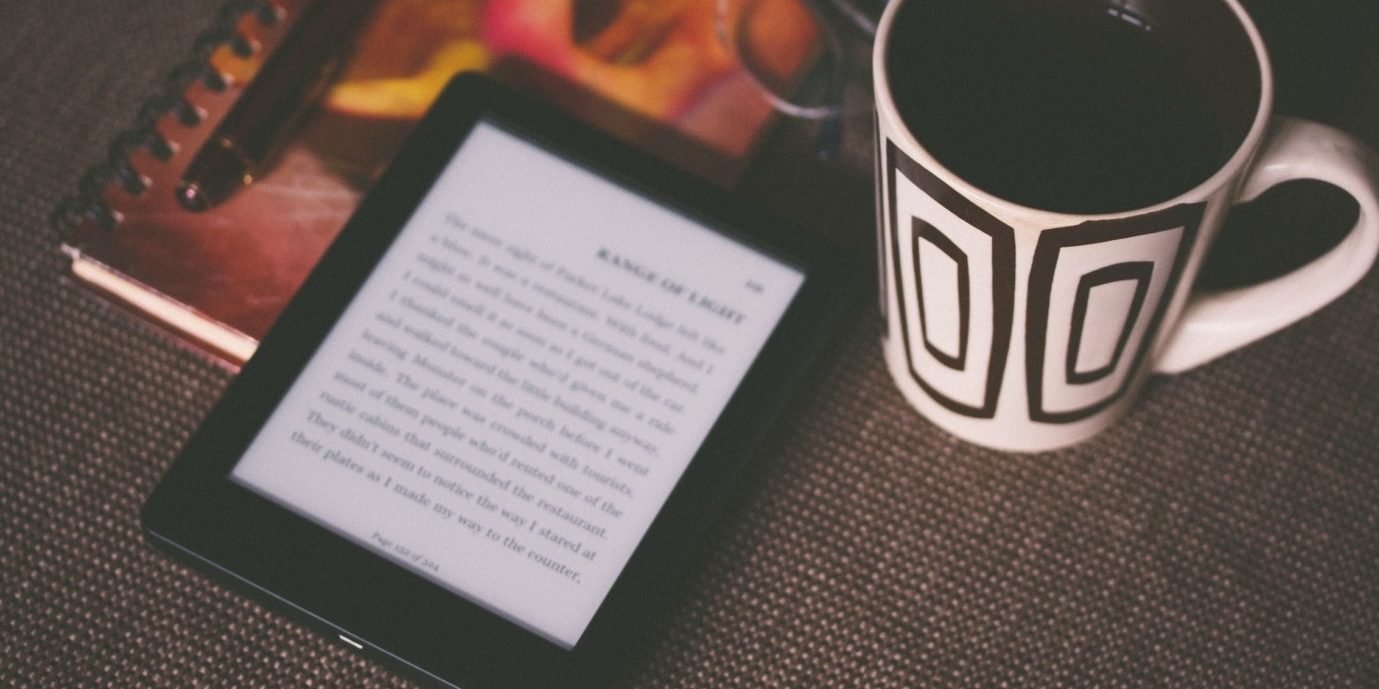J.D. Salinger joins the digital reading revolution
J.D. Salinger has officially gone digital. In a move that brings one of the most reclusive writers of the 20th century to a generation of new readers, Little, Brown and Company are making available digital editions of his work. In life, Salinger was vehemently opposed to any form of adaptation, preferring the “full tactile experience” of a printed book over the interference posed by artificial screens. It took an email from a reader with a “permanent right-hand disability” to convince the guardian of the Salinger literary estate, Matt Salinger, of the need to make his father’s work accessible.
Salinger saw any attempt to adapt his stories through film, audiobooks, or e-books as extremely prohibitive. In his eyes it prevented the “ideal private reader” from engaging with his art the way he intended, through an imaginative engagement with the words he produced on the printed page. It is easy to see in this attitude a mawkish sentimentality, a preference for analogue over digital simply because it is all one knows. Indeed, Salinger was mortified by the concept of Facebook: the idea that people could share all their personal information online held little appeal for a noted recluse.
What with our already scattershot attention spans, the temptation to intersperse reading with browsing the internet or checking social media becomes unavoidable
Yet there is more to the novelist’s stance than a mistrust of technology. What the printed book has over its digital counterpart is the special kind of time it creates, where the act of sitting down to read marks an end to all outside distraction. It becomes a time of metamorphosis, where the barriers between worlds seem ephemeral and what were once words upon a page instead exist as fully formed characters, willed into existence. It is a sort of incantatory power that the author has, an ability to pin a reader in place and trap them within the world that they have created.
Something of this vital capacity is lost when we read digitally. The words become less tangibly real, they lack a physical presence which in turn makes them feel less important. Reading an e-book on a phone or a tablet may seem more convenient, yet it reduces a printed page into becoming just another screen. What with our already scattershot attention spans, the temptation to intersperse reading with browsing the internet or checking social media becomes unavoidable, leading to a much more fragmented experience.
But for some, illegible or badly printed words mean not being able to read at all, denying them the chance to enjoy the stories and characters they love. This was the case for a woman from Michigan who emailed Matt Salinger in 2014, whose impairment resulted in her being unable to read a physical book, as turning pages became increasingly difficult. This prompted the author’s son into making the decision to convert the books into digital copies in order to provide an accessibility that was previously absent.
Widening the number of platforms novels such as Franny and Zoey or Catcher in the Rye can be accessed on will bring a broader audience to these works
Indeed, while the novelist preferred that his work be read within a printed book, the need to make things as easy and accessible as possible for his readers was always at the forefront of his mind. Speaking to The Guardian, Matt Salinger affirmed that his father wanted to reach as many people as possible, pointing to how he consistently made cheaper paperback editions of his novels available for students. Widening the number of platforms novels such as Franny and Zoey or Catcher in the Rye can be accessed on will bring a broader audience to these works.
This in turn could spark a reappraisal of Salinger’s writing and influence upon literature. In a recent Guardian article, the novelist Dana Czapnik wrote of a younger generation of students no longer in thrall to the cult of Holden Caulfield, Catcher’s moodily isolated protagonist. Perhaps bringing the novel to a wider audience with different perspectives can alter the now commonly held view of Caulfield, that he is representative of a certain type of monied, white, middle class angst.
So, while there may be an inherent value to reading novels in their printed form, in that they have a magical effect upon the reader unmatched by digital, sometimes it is unavoidable. Collectively, we all have shorter attention spans, at least I know I do, and perhaps reading digitally makes life more convenient as well as accessible for those who are unable to read print.

Comments